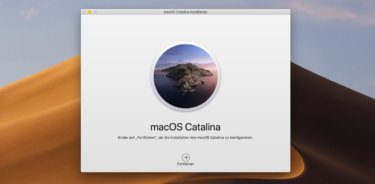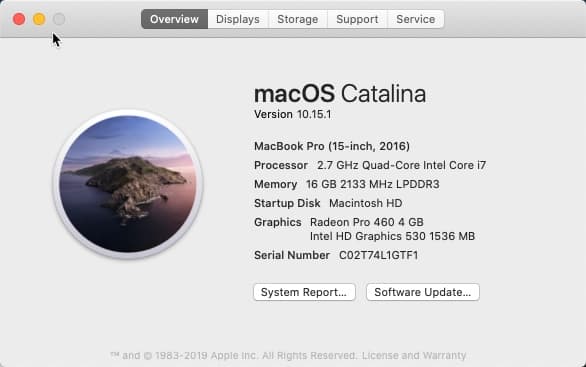

Once that’s deleted, you’ll then need to erase the System volume, by selecting it at the left and clicking on the Erase tool. In Recovery Mode select the Macintosh HD - Data volume at the left of Disk Utility’s window then use the Delete APFS Volume command from the Edit menu, or use the shortcut by clicking the – tool. To perform a clean re-install in Catalina, once in Recovery Mode, you need to delete your Data volume, that’s the one named Macintosh HD - Data, or something similar if you’re using a custom name, and to erase your System volume. Because you want to re-install macOS, the logical thing to do would be to wipe the System volume, which suggests that you could get away with retaining your own files on the Data volume through a clean re-install. The first of those is the read-only System volume, and the second the read-write Data volume. Try this in Catalina and the first thing you’ll realise is that you don’t just have a single boot volume now, you’ve got two, one called something like Macintosh HD, the other Macintosh HD - Data. What determines the source and version of macOS to be re-installed are the keys you hold down to enter the mode in the first place. You boot into Recovery Mode, use Disk Utility there to wipe your boot volume, then re-install macOS from the main window. In Mojave and earlier, a clean re-install is straightforward if time-consuming. It’s clean because it isn’t simply installed on top of your existing files, and it’s a re-install because those system files are there already.

When you need to go back to square one and return to a ‘clean’ installation of macOS, simply re-installing macOS is insufficient: what you need is a clean re-install.


 0 kommentar(er)
0 kommentar(er)
